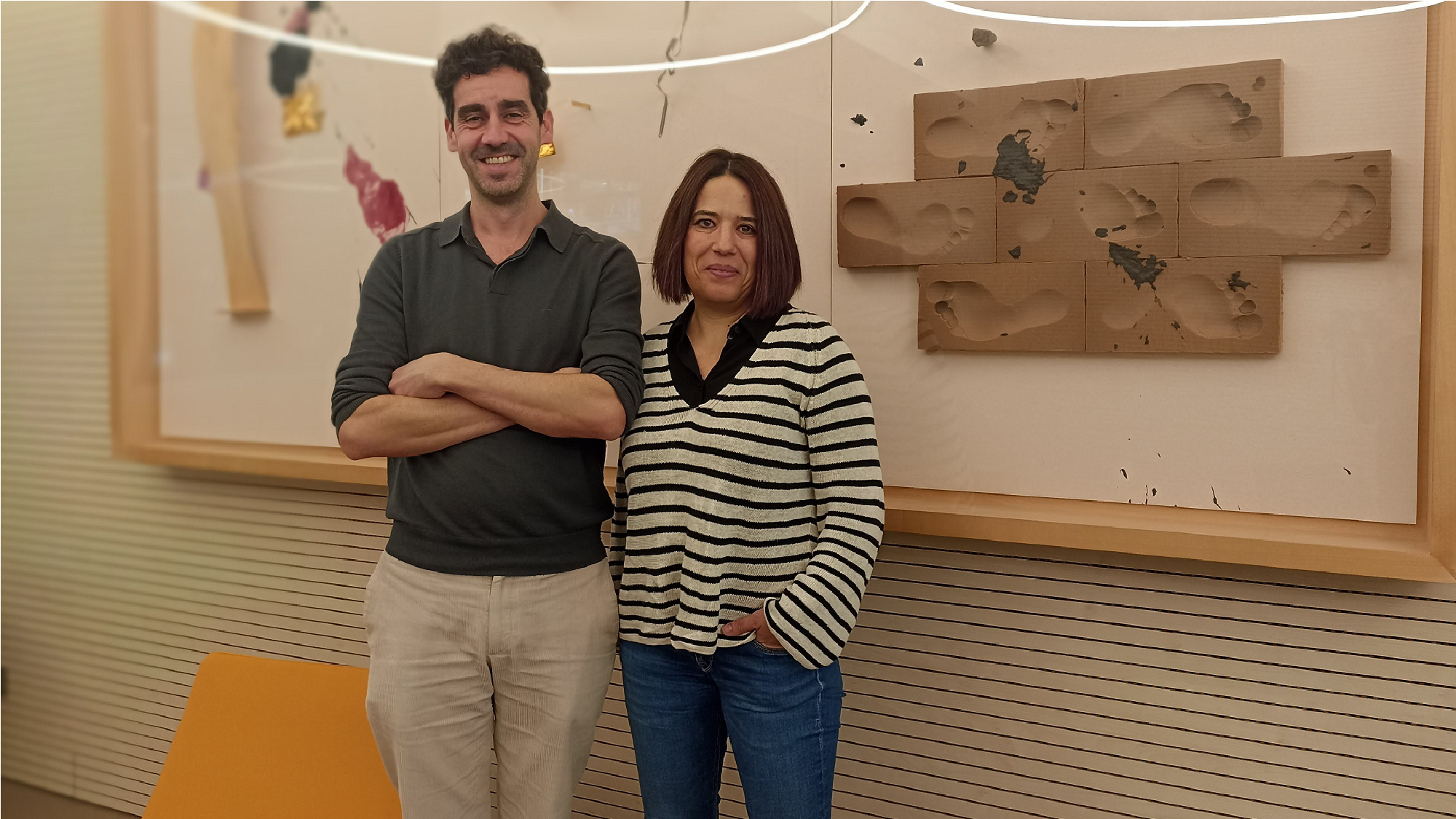The research group led by Elena Bosch at the Institute for Evolutionary Biology (IBE: CSIC-UPF) has identified the most frequent Denisovan genetic variant in the world found to date. In collaboration with Rubén Vicente‘s research team from the Department of Medicine and Life Sciences (MELIS-UPF), they have discovered that this variant is related to zinc transport at the mitochondrial level and could have been selected because it was an advantage in cold climates.
The study has been a puzzle solved thanks to the collaboration between the two centres of the Barcelona Biomedical Research Park (PRBB) – and thanks to the implementation of new methodologies in both teams. In addition to opening up new questions for these two laboratories – about the extent of the variant and about the role of zinc in the mitochondria, respectively – this research has also found a relationship between the variant and the predisposition to suffer certain mental disorders that could be studied in the future. Indeed, the authors have found some link between this genetic variant and the predisposition of humans to suffer from diseases such as anorexia nervosa, hyperactivity disorder, autism spectrum disorder, bipolar disorder, depression, obsessive compulsive disorder (OCD) and schizophrenia.
A genetic variant that keeps raising interesting questions
The first steps in this research, which has lasted nearly four years, were taken by IBE in the framework of Anna Roca-Umbert‘s doctoral thesis. Both the mutation in the SLC30A9 gene, which encodes a zinc transporter, and its selection were already known. But the lab wanted to understand its functional relevance and how this selection process had occurred. “Very little was known about the function of this transporter. To begin with, where it was located inside the cell, and then what it did,” Bosch explains.
The first question the IBE team asked was what functional changes this genetic change in the zinc transporter had caused.
To better understand the selection process of this genotype, the IBE group requested the collaboration of Ruben Vicente’s team at MELIS-UPF, experts in the study of ion channels and transporters. The first question was what functional changes this genetic modification had caused in the zinc transporter. Vicente’s team had to learn new techniques to study this transporter when they discovered that it was not located in the cell membrane but inside the cell, a more difficult location to analyse. This enable them to identify the importance of this transporter in metabolic processes linked to the mitochondria and discovered that the selected variant was associated to an increased metabolism.
The next question was again for the IBE researchers: what is the evolutionary significance of these functional variations in the transporter? Bosch’s group determined the frequency of the variant, which is more common in non-African populations (it is actually almost non-existent in Africa), is predominant in East Asia and is found in about half of the European population. Using new methods to calculate the coefficient and timing of selection, Jorge Garcia-Calleja, another PhD student in the group, determined that the variation originated some 60,000 years ago, shortly after the departure from Africa. The IBE team also identified the genetic material as belonging to Denisovans, a group of archaic hominins close to Neanderthals.
As such a globally widespread Denisovan variation had never been found before, the discovery was received with some scepticism and the team had to provide robust evidence that this gene and an associated region of the genome were derived from a cross between Homo sapiens and these archaic hominins. Given the historical context in which this genotype was selected, and the relationship of the mutated gene to increased metabolism, the hypothesis of selection for cold adaptation is the most plausible.
“Not much is known about the role of zinc in the mitochondria, so it has opened up a new line of research for us to go a little further”
Rubén Vicente, MELIS-UPF
Both teams are continuing their research with the new questions that this discovery has opened up. “Not much is known about the role of zinc in the mitochondria, so it has opened up a new line of research for us to go a little further. We have also seen that this transporter is a master regulator of neurodegenerative diseases such as Parkinson’s,” explains Vicente from MELIS-UPF. The IBE, on the other hand, is interested in “looking at ancient DNA from different populations to see more precisely when this change occurred,” explains Bosch.
Roca-Umbert A, Garcia-Calleja J, Vogel-González M, Fierro-Villegas A, Ill-Raga G, Herrera-Fernández V, et al. (2023) Human genetic adaptation related to cellular zinc homeostasis. PLoS Genet 19(9): e1010950. https://doi.org/10.1371/journal.pgen.1010950







